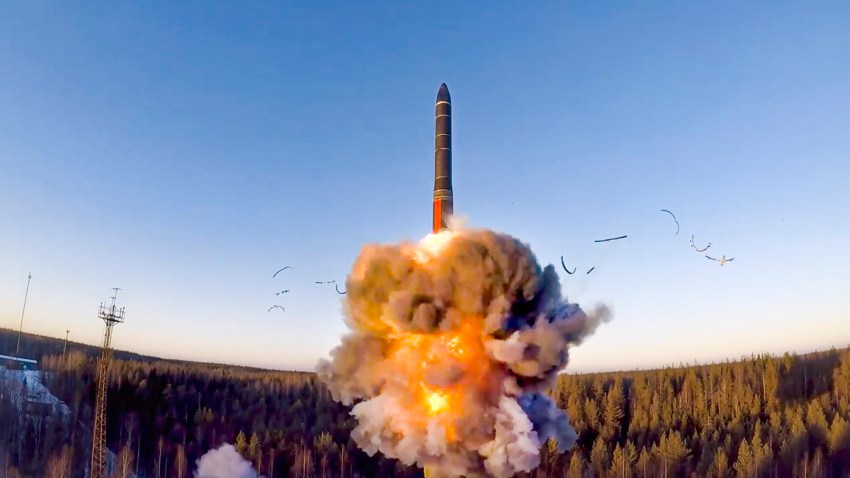Back in January, the Chicago-based Bulletin of Atomic Scientists set their “Doomsday Clock” to 90 seconds before midnight. The clock captures the organization’s assessment of how close the world is to “global catastrophe,” namely the prospect of nuclear war. In a statement, the Bulletin said the new clock setting was “largely (though not exclusively) because of the mounting dangers of the war in Ukraine.”
That the war in Ukraine would be the primary factor in the organization’s determination is understandable. Over the past year, Russian officials, notably President Vladimir Putin, have repeatedly hinted at the possibility of using nuclear weapons if Western nations respond too strongly to Russia’s military aggression in Ukraine, such as attacking Russian territory. Additionally, the West’s hesitant and tentative approach toward Russia appears to show the value of possessing nuclear weapons. Think back to the debates over the implementation of a no-fly zone early in the war. The concern, well-expressed at the time by NATO Secretary-General Jens Stoltenberg, is that “we would end up with something that could end in a full-fledged war in Europe.”
Make no mistake, by “full-fledged war,” he meant the potential use of nuclear weapons. No such threat existed when the U.S. imposed no-fly zones over Bosnia, Iraq and Libya in the 1990s, 2000s and 2010s. This is also why the Biden administration and NATO allies have been tentative and gradual in their disbursement of advanced weaponry to Ukraine. Each step—starting with HIMARS rocket launchers, then Main Battle Tanks and perhaps soon F-16 fighter jets—is a potential rung up the escalation ladder, a ladder that could conceivably end in the use of a nuclear weapon by Putin.

